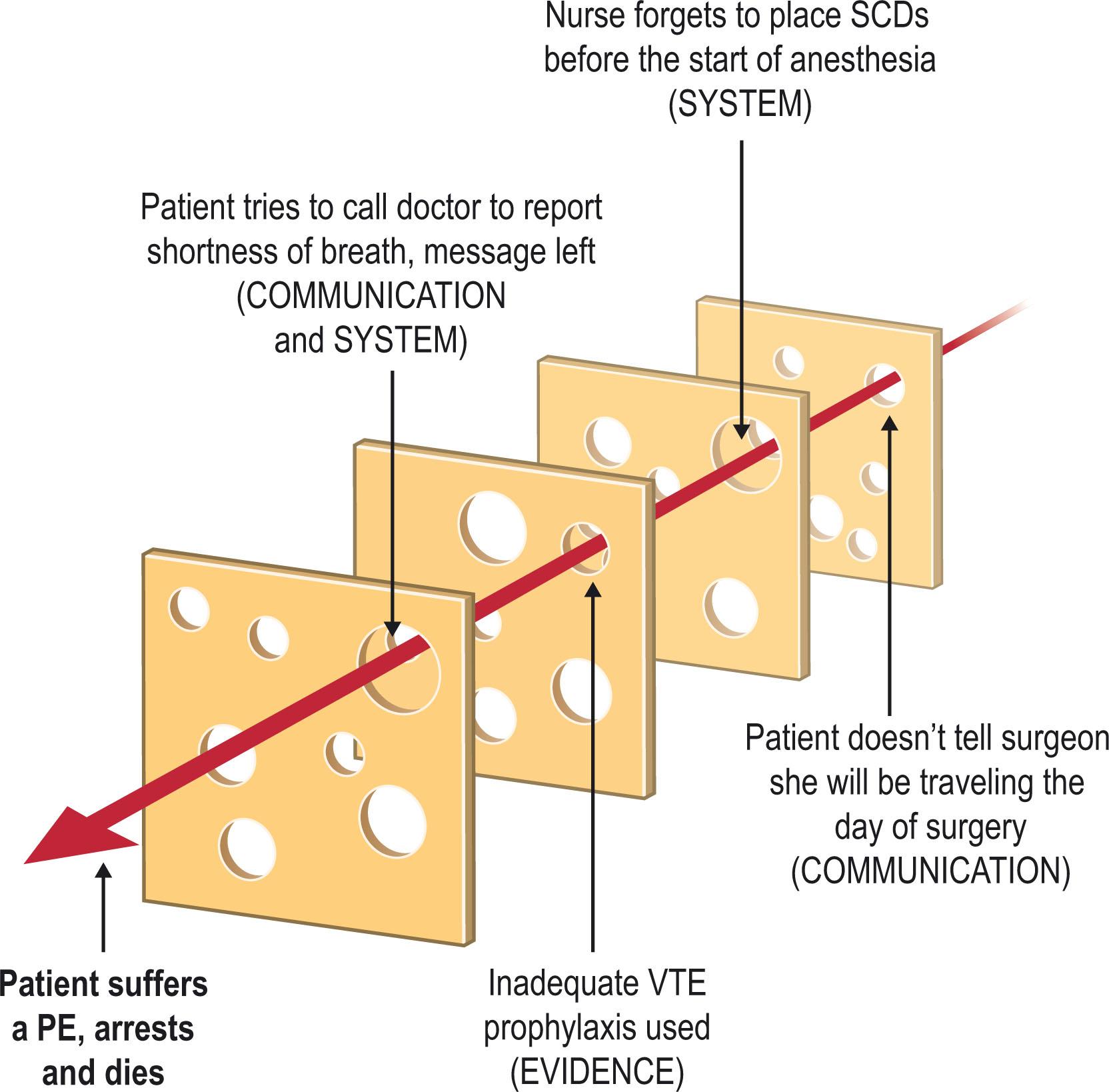Physical Address
304 North Cardinal St.
Dorchester Center, MA 02124
The importance of patient safety has been acknowledged for centuries. However, medical errors still happen and are usually explained by the “Swiss cheese model” of sentinel events.
Aesthetic surgery is generally elective, and patient safety is of paramount importance.
The three pillars of safety – tools and evidence (evidence-based medicine), systems and processes , and culture and communication – can help us understand patient safety and errors and suggest ways that aesthetic surgeons can change their practice to improve patient safety.
Quality is intimately associated with safety, and the factors that improve patient safety are precisely the same factors that improve the quality of care that we deliver in aesthetic surgery.
The concept of patient safety has existed for centuries. In its original form, the Hippocratic Oath charged physicians to “refrain from doing injury or wrong,” clearly acknowledging the potential for harm from medical treatment. Furthermore, the maxim, often attributed to the same author, primum non nocere or “first, do no harm” emphasizes the importance of safety when administering care to a patient. However, the ensuing centuries gave us countless examples of medical treatments that proved to be harmful or even lethal, highlighting shortcomings with respect to patient safety.
In 1999, the Committee on Quality of Healthcare in America of the Institute of Medicine (IOM) published a landmark report, To Err Is Human: Building a Safer Health System . The report highlighted the fact that approximately 44,000 to 98,000 people die in hospitals each year from preventable medical errors. The cost of adverse events in the United States was estimated at $37.6 billion, with $17 billion of that amount attributed to preventable adverse events.
Surgeons have always recognized the importance of patient safety and have sought to find ways to reduce errors. Many surgical procedures are performed for the immediate health of the patient, but aesthetic surgery is generally elective, performed to enhance appearance rather than treat a life-threatening condition. Consequently, patient safety is of paramount importance.
A medical error has been defined as “an act of omission or commission in planning or execution that contributes or could contribute to an unintended result”. Until recently, medical mistakes were viewed as individual provider issues, and the response was typically to address the poor performance of the responsible provider by way of punishment, retraining, or other measures aimed at preventing the recurrence of the error on an individual basis. Although a punitive response may be appropriate in rare cases of deliberate malfeasance, most errors are committed by caring, competent providers and are due to system failures or failures of communication. For these reasons, simply admonishing the individual to be more careful is unlikely to prevent errors from occurring again.
Traditionally, disseminating knowledge was the logical next step toward improvement. However, the IOM report and many others show that most patient safety and quality of care issues in modern medicine stem not from a lack of knowledge but from deficient systems, processes, and environments. According to the Joint Commission, more than 70% of patient safety sentinel events are related to these factors.
When an error occurs, it is often due to multiple faults that occur together in an unanticipated interaction, creating a chain of events in which the faults grow and evolve. Perhaps the most widely known model of safety is the “Swiss cheese model” proposed by Reason. This model represents layers of protection and vulnerability at different levels as slices of Swiss cheese. A process within the patient's care can be represented as several slices of Swiss cheese stacked together ( Fig. 3.1 ). The holes represent potential active or latent errors in the care of the patient, while the protective, solid parts of the cheese represent where errors do not occur. Although each level of protection is incomplete, as represented by the holes in any given slice, it is unusual to have perfectly aligned holes once several slices are stacked together. For an adverse event to occur, typically, several errors must align in order to pass through each of the layers of protection without being stopped. If the system provides good protection, the holes will be small, and they will only rarely line up. However, in some systems, at some times, the holes align, allowing errors to propagate and resulting in harm to the patient.

One of the most important concepts to come out of this model is that in complex systems, a single error is rarely sufficient to cause an adverse event or harm. This model also highlights the need to focus on more than just perfecting human behavior (an impossible task): creating a system with multiple overlapping layers of protection will minimize the potential for patient harm resulting from errors. Like knowledge, processes can be taught, improved, and refined. Systems themselves can become a mechanism for ongoing safety and quality advancements. Tools like checklists, double-loop learning, problem-solving techniques, error management, and organizational routines can help us improve patient safety in aesthetic plastic surgery.
The concept of the three pillars of patient safety has been useful in understanding not only the factors that impact patient safety and errors but also how aesthetic surgeons can make changes in their practice to improve patient safety.
Become a Clinical Tree membership for Full access and enjoy Unlimited articles
If you are a member. Log in here